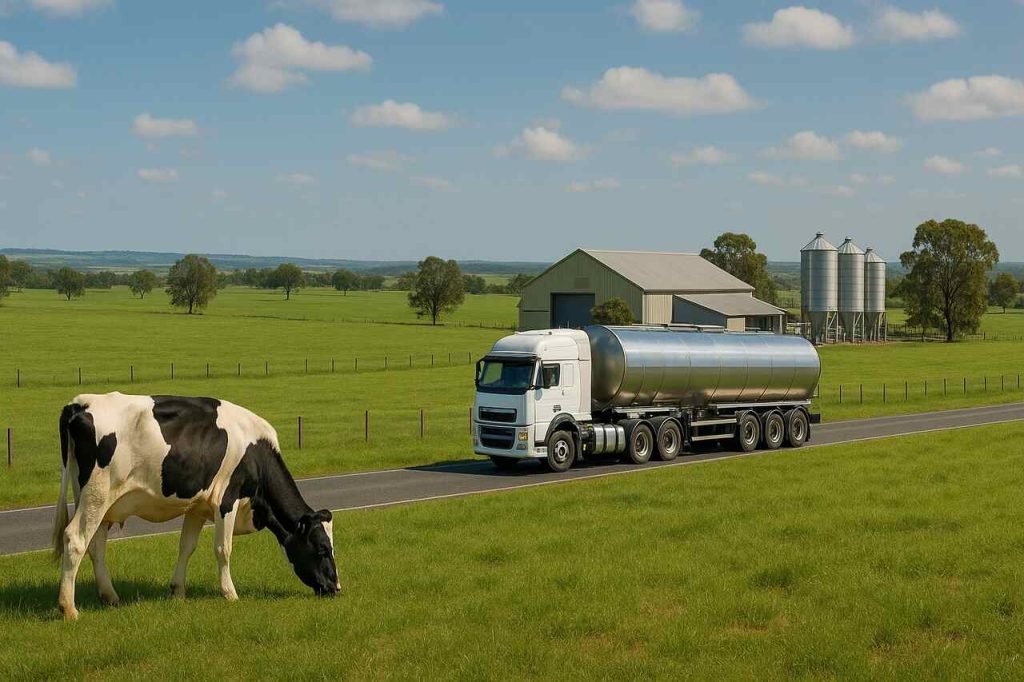Dairy goods go through a meticulously regulated process before arriving in your refrigerator. From milking in countryside fields to packaging in contemporary facilities, the process harmonizes tradition and innovation. Farming communities, processors, distributors and dairy manufacturers in Australia collaborate to maintain the freshness of milk, cheese, and yogurt. Every step is taken to ensure safety, quality, and efficiency.
Starting at the Dairy Farm
Australian dairy farms produce milk twice a day. Farmers use computerized milking machines to increase cleanliness and reduce stress on the animals. Cleanliness and animal welfare receive the highest priority on the farms.
Direct Collection and Refrigerated Transportation
The milk is picked up by tankers several hours after milking. Refrigerated trucks maintain milk freshness while in transit. Drivers adhere to strict temperature and time controls. This preserves milk freshness and prevents spoilage.
Processing in Contemporary Plants
After it arrives at the factory, milk is tested for quality. Staff check for purity, temperature, and bacterial levels before processing. The second stage is pasteurisation—heat treatment for a period to destroy bacteria. It then goes on to homogenisation, which improves texture and consistency.
Manufacturing Various Dairy Products
Processors separate cream, skim milk, and whole milk. This allows for the production of various dairy products. Cheese, yogurt, and butter all have specific processes and cultures. Time, temperature, and acidity determine the final texture and taste.
Maintaining Food Safety Levels
Milk plants are governed by Australia’s Food Standards Code. There are periodic checks and audits to maintain quality and hygiene. Automation minimizes contamination risk through restricted human contact. Every product is assigned a batch code for traceability.
Packaging for Freshness
Dairy manufacturers in Australia use high-quality material that prevents light and air from entering. Equipment seals containers quickly to prevent exposure. Some producers use eco-friendly alternatives to reduce waste.
The Role of Technology and Innovation
They optimise the supply chain. Supporting local and global Markets, Australian dairy supplies domestic and export markets. It supplies over 100 countries, with the Asian market being the biggest. The industry contributes $4.7 billion to the economy, according to Dairy Australia. The industry generates rural-to-urban employment opportunities.
Australian dairy reaches your refrigerator through a carefully managed, technology-enhanced chain of safety and quality. Every block or bottle represents effort, smart equipment, and collective care of the industry. Select dairy from a supply chain that strives to deliver freshness. Have every drop remind you of where it came from.


